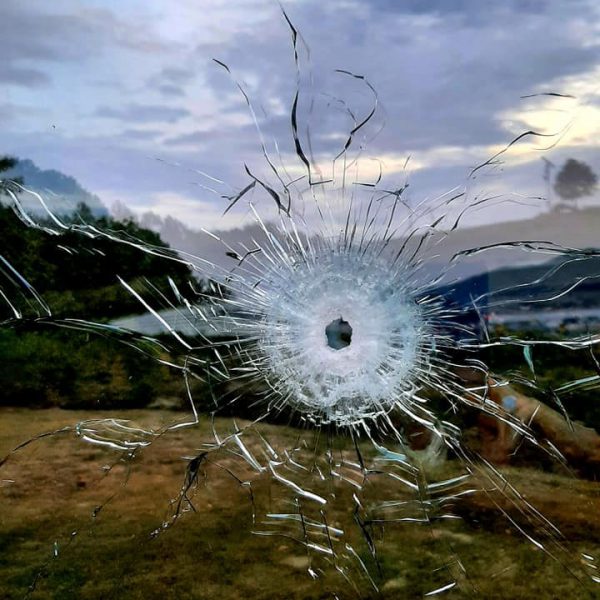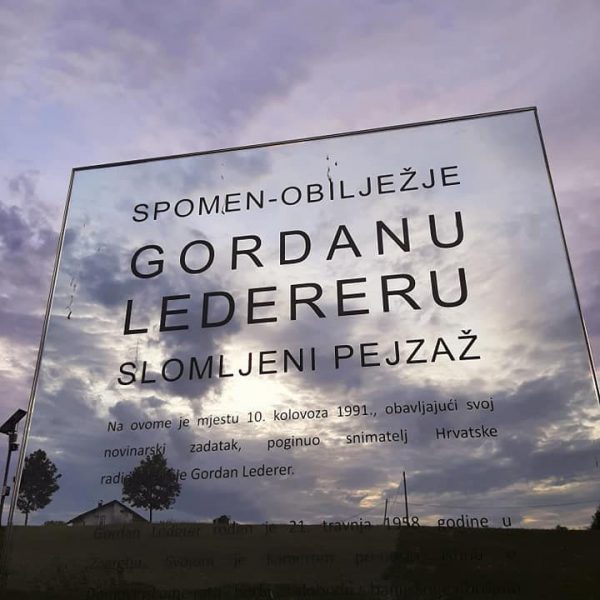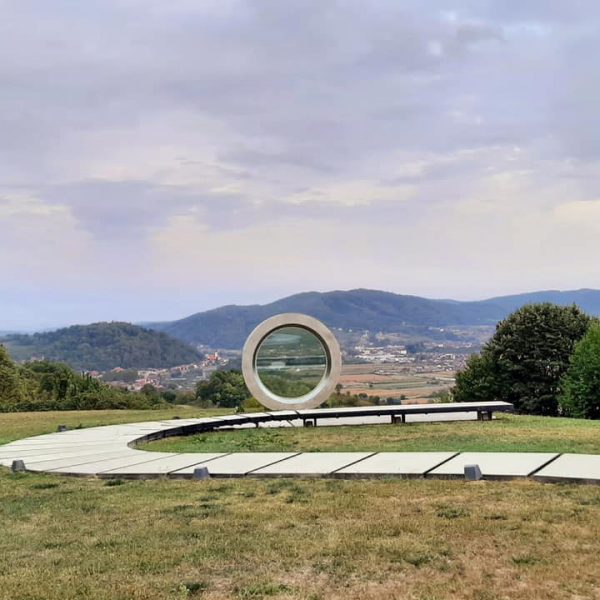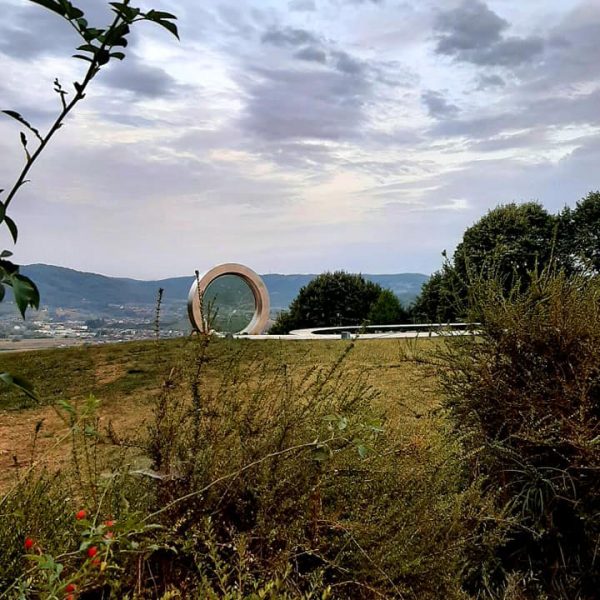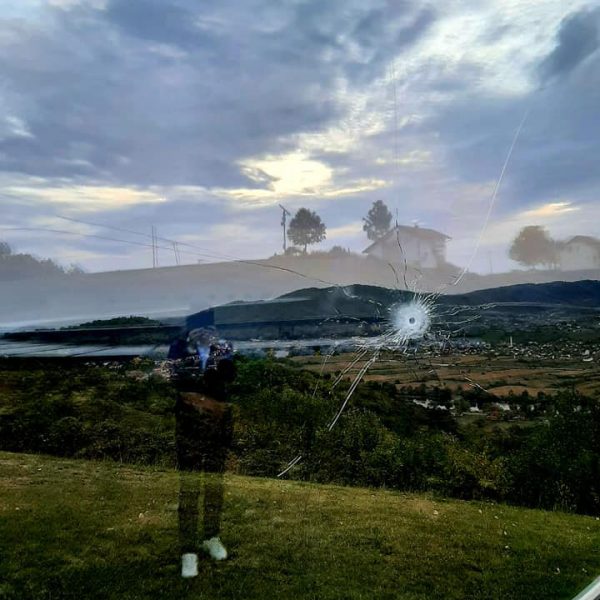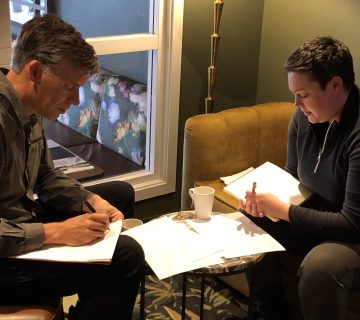The most impressive monument that commemorates the Croatian War of Independence, where I felt a deeper meaning.
I stood there, deeply moved by the devastating beauty of the monument and landscape.
I looked at Hrvatska Kostajnica, etched in the greenery of the Banovina Pounje, through a huge lens, through the eyes of Gordan Lederer.
I imagined the last shot of a fearless and truth-seeking war cameraman and photographer before his young life was irreversibly shattered to pieces, in meteorites of pain still buried in the land of Banovina.
Broken Landscape is the name of the most impressive monument that commemorates the Croatian War of Independence. It has a beautiful name but it carries a burdensome message that has ploughed its way deep under my skin, leaving behind furrows of fear. It may feel like we ‘peek’ through this big lens into the far-gone time and tragic destinies of known and unknown war heroes from some safer place. Or, perhaps, that cracked lens actually peeks into our souls and all broken landscapes crushed by the relentless power of these challenging times that demand ever more from us and leave us to face the mounting loss…
More about the Broken Landscape memorial
One of the most impressive monuments in Banovina, an area severely damaged in Croatia’s War of Independence (1991-1995), is painted with a brush dipped in beauty as much as in sorrow. Broken Landscape is a memorial to the Croatian radio and television cameraman Gordan Lederer, who was killed by a sniper bullet in 1991 while filming Croatian defenders in action during the Serb attacks on Pounje. He left behind many recordings of the first days of the war that were later edited and called “Dawns of War on Banija” (Banijska praskozorja).
Elevated on the Čukur Hill overlooking Pounje and Hrvatska Kostajnica, the monument is made in the shape of a huge photographic lens. The large lens shot by a sniper bullet symbolises the death of Gordan Lederer, and a path made of 33 concrete slabs takes you to it. They represent the number of years of Lederer’s life, i.e. 33 frames of the film’s roll. It is a project of the Croatian architectural office NFO, created in collaboration with the academic sculptor professor Petar Barišić.
Surrounded by the silence of forests interconnected by the gentle, wavy lines of the Banovina hills and taking in Pounje from a height, you will surely be moved by the sentence written at the end of the trail: “… Now that the August mornings breathe peace, the light of sorrow in Gordan Lederer’s eyes shines through Banija’s dawn.”
Have you been moved by an experience at any similar interpretive monuments near you or on your travels? Now, more than ever, seems a good time to reflect on the fragility of life and the power of interpretation to make connections – between each other, between nations, and between the past, present and future.
Silvija Jacić is a heritage PR & promotion specialist from Zagreb, Croatia. She is also an independent consultant to the Banovina Heritage Interpretation Centre (www.iccb.hr). Silvija can be contacted at: silvija.jacic@promoandpress.com.
To cite this article: Jacić, Silvija (2021) ‘Broken Landscape’ in Interpret Europe Newsletter 4-2021, pg.4-5
Available online: https://interpret-europe.net/wp-content/uploads/2021/12/Newsletter-Winter-2021.pdf

